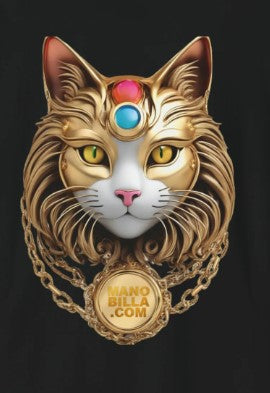In the age of technology, the boundaries of creativity are expanding beyond the human imagination. One of the most intriguing developments in the world of art is the rise of AI art generators. These innovative algorithms are not only redefining what we consider art but also challenging the very essence of creativity itself. In this article, we will explore the fascinating world of AI art generators, their impact on the art community, and the questions they raise about the nature of artistic expression.
AI art generators leverage the power of machine learning and deep neural networks to create stunning visuals that often rival the works of human artists. These algorithms are trained on vast datasets of existing artworks, absorbing styles, techniques, and even cultural influences. With each iteration, they refine their ability to produce original pieces of art that can captivate and provoke.
What makes AI art generators truly unique is their ability to generate art autonomously. They don't possess consciousness or emotions; instead, they rely on data-driven patterns and algorithms to produce art. The process typically begins with the selection of a style or theme, and the AI generator uses its training to create an artwork that adheres to these specifications. The results can be surprising, surreal, or even emotionally resonant.

AI art generators have stirred both excitement and controversy within the art community. On one hand, they offer a fresh perspective on artistic creation and provide a platform for artists to experiment with new ideas. On the other hand, they raise questions about authorship and the role of human artists in a world where machines can generate compelling artworks.
Some artists embrace AI as a tool to enhance their creative process, using it to inspire new directions in their work. Others view it with skepticism, fearing that it could devalue human creativity and undermine the authenticity of art.
The rise of AI art generators presents several challenges and ethical considerations. One of the primary concerns is plagiarism, as AI models can unintentionally produce artworks that closely resemble existing pieces. Additionally, issues related to copyright and ownership become increasingly complex when AI is involved in the creative process.

As AI art generators continue to evolve, their impact on the art world is likely to grow. They challenge us to reconsider the boundaries of creativity and the definition of art itself. The future may see AI and human artists collaborating, with machines assisting in the creative process or acting as a source of inspiration.
AI art generators are pushing the boundaries of creativity, sparking debates, and captivating audiences worldwide. While they are undoubtedly a powerful tool for artistic exploration, they also pose profound questions about the nature of art, authorship, and the role of technology in shaping our creative landscape. As we continue to explore this brave new world of AI-generated art, one thing is certain: the creative revolution is well underway, and it promises to be as dynamic as the artworks it produces.








